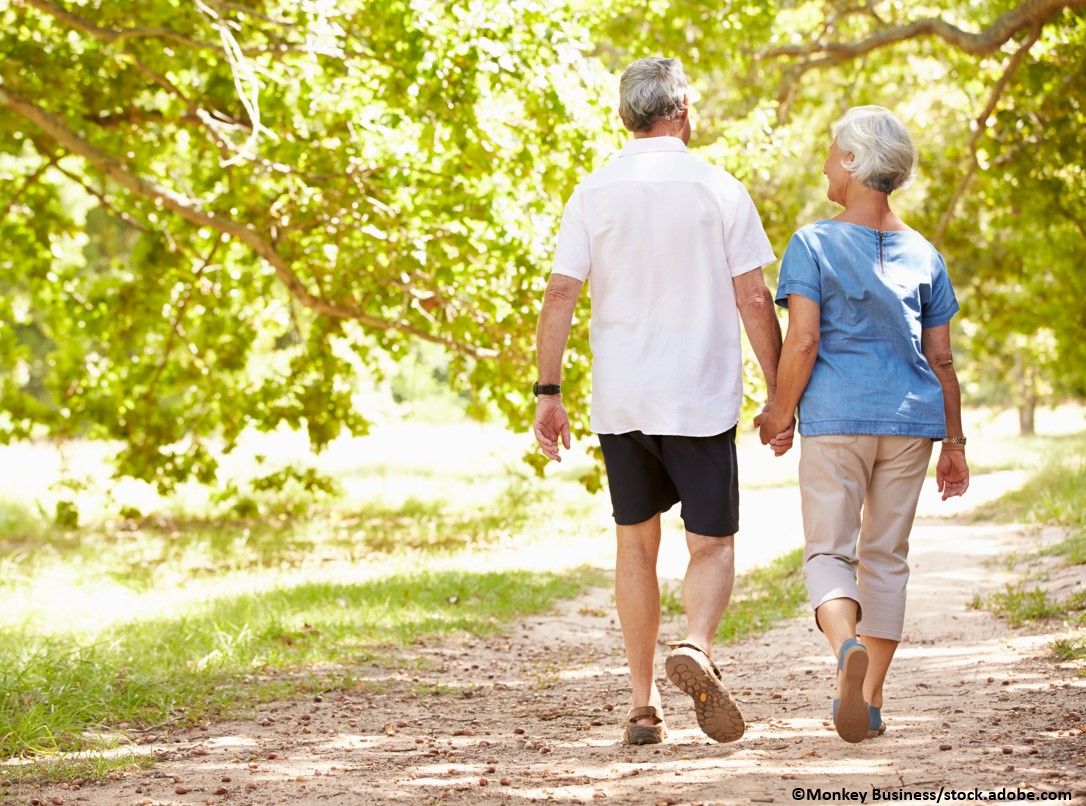- Clinical Technology
- Adult Immunization
- Hepatology
- Pediatric Immunization
- Screening
- Psychiatry
- Allergy
- Women's Health
- Cardiology
- Pediatrics
- Dermatology
- Endocrinology
- Pain Management
- Gastroenterology
- Infectious Disease
- Obesity Medicine
- Rheumatology
- Nephrology
- Neurology
- Pulmonology
Moderate Exercise Does Not Increase Muscle Injury Markers in Statin Users who Are Symptomatic, Asymptomatic
Statin therapy did not exacerbate muscle injury, pain, or fatigue in persons engaging in moderate-intensity exercise, according to a new study.

Authors of a new study found statin therapy did not exacerbate muscle injury, pain, or fatigue following moderate-intensity exercise, such as walking, regardless of whether persons were symptomatic at baseline.
Following exercise, muscle pain scores increased similarly among symptomatic and asymptomatic participants on statin therapy as well as within a control group of participants not taking any statins, according to data published in the Journal of the American College of Cardiology.
“The mechanisms underlying [statin-associated muscle symptoms] and statin-induced muscle injury are poorly understood...Exercise, especially high-intensity exercise, increases energy demands and could produce muscle fatigue and damage if energy production is compromised. This mechanism is supported by the observation that mitochondrial dysfunction is more pronounced in patients with statin-associated muscle symptoms,” wrote first author Neeltje Allard, MD, Radboud Institute for Health Sciences, department of physiology, Radboud University Medical Center, Nijmegen, Netherlands, and colleagues. “We sought to compare the impact of moderate-intensity exercise on muscle injury between symptomatic and asymptomatic statin users and nonuser control subjects.”
Allard and colleagues recruited 69 statin users (35 with muscle symptoms; mean age, 62 years; 34 without symptoms; mean age, 66 years) and 31 nonusers (mean age, 66 years) who walked 30 km, 40 km, or 50 km per day at a self-selected pace for 4 consecutive days. Participants were considered symptomatic based on the presence, localization, and onset of muscle cramps, pain, and/or weakness using the statin myalgia clinical index score.
Markers of muscle injury including lactate dehydrogenase, creatine kinase, myoglobin, cardiac troponin I, and N-terminal pro-brain natriuretic peptide as well as muscle performance and self-reported muscle symptom scores were measured at baseline and after exercise. Researchers measured leukocyte coenzyme Q10 (CoQ10) at baseline.
Statin users had all been on the medication for at least 3 months. Investigators excluded individuals with diabetes, hypo- or hyperthyroidism, known hereditary skeletal muscle defects, other diseases known to cause muscle symptoms, or those using CoQ10 supplementation. Between the 3 groups at baseline, researchers did not observe any differences in body mass index, waist circumference, exercise levels, or vitamin D3 levels.
Findings
All markers of muscle injury were comparable at baseline (P>.05) and increased after exercise (P<.001), with no differences observed in the magnitude of exercise-induced elevations among groups (P>.05), according to investigators.
“Even though muscle pain and fatigue scores were higher in symptomatic statin users at baseline, the increase in muscle symptoms after exercise was similar among the groups,” said Allard in an American College of Cardiology press release.“These results demonstrate that prolonged moderate-intensity exercise is safe for statin users and can be performed by statin users to maintain a physically active lifestyle and to derive its cardiovascular health benefits.”
Muscle pain scores were higher at baseline among symptomatic statin users (P<.001) and increased similarly in all groups following exercise (P<.001). Muscle relaxation time after exercise increased more in symptomatic statin users than in control subjects (P=.035).
Investigators noted that leukocyte CoQ10 levels did not differ among symptomatic (2.3 nmol/U), asymptomatic (2.1 nmol/U), and control group participants (2.1 nmol/U; P=.20) and was not associated with muscle injury markers, fatigue resistance, or reported muscle symptoms.
“This study demonstrated that habitually active statin users can engage in prolonged moderate-intensity exercise without exacerbating skeletal muscle injury and reinforces the recommendation to combine statin therapy with a physically active lifestyle,” wrote Allard et al. “This is an important strategy in the prevention of cardiovascular diseases.”
In an accompanying editorial comment, Robert S. Rosenson, MD, director of metabolism and lipids for the Mount Sinai Health System, discussed how patients who experience statin-associated muscle symptoms will avoid physical activity because of muscle pain and weakness and concerns of exacerbating the pain. Rosenson underscored the importance of restoring and maintaining exercise in persons at increased risk for cardiovascular disease or who have had a cardiovascular event.
“[Based on the study], many patients who develop statin associated muscle symptoms may engage in a moderately intensive walking program without concern for worsened muscle biomarkers or performance,” stated Rosenson.
Reference: Allard NAE, Janssen L, Lagerwaard B, et al. Prolonged moderate-intensity exercise does not increase muscle injury markers in symptomatic or asymptomatic statin users. JACC. 2023;81:1353-1364.
